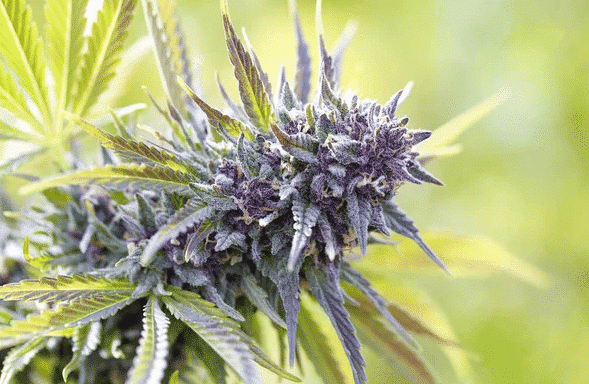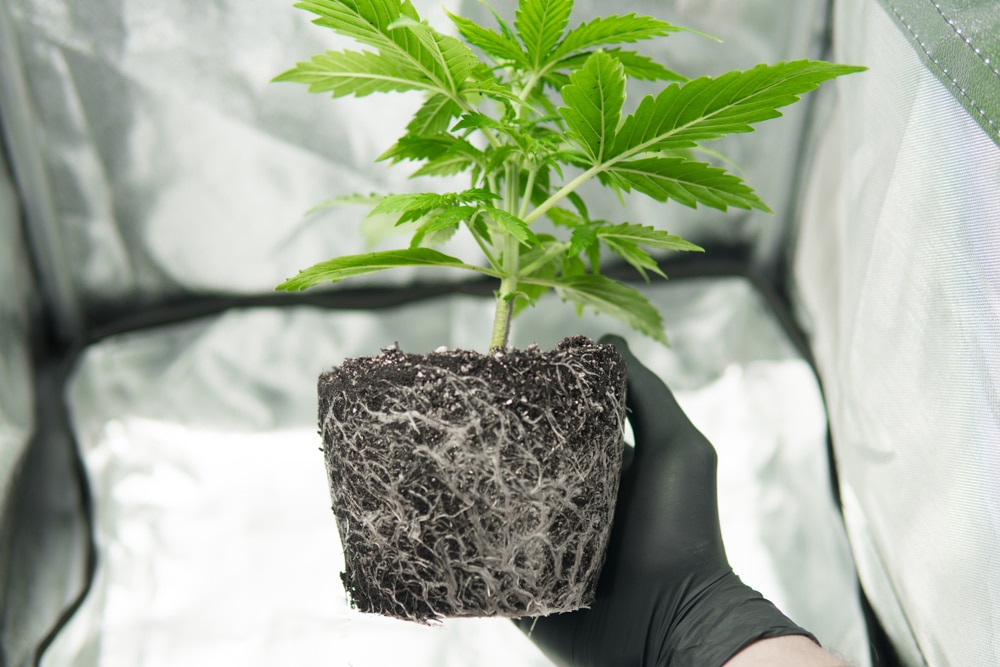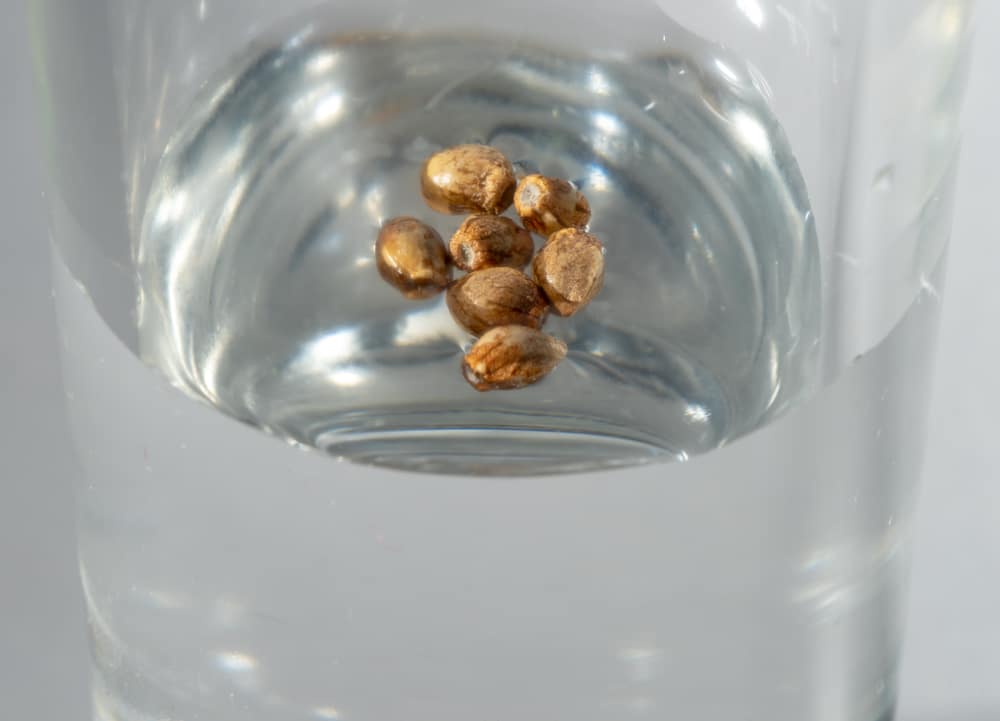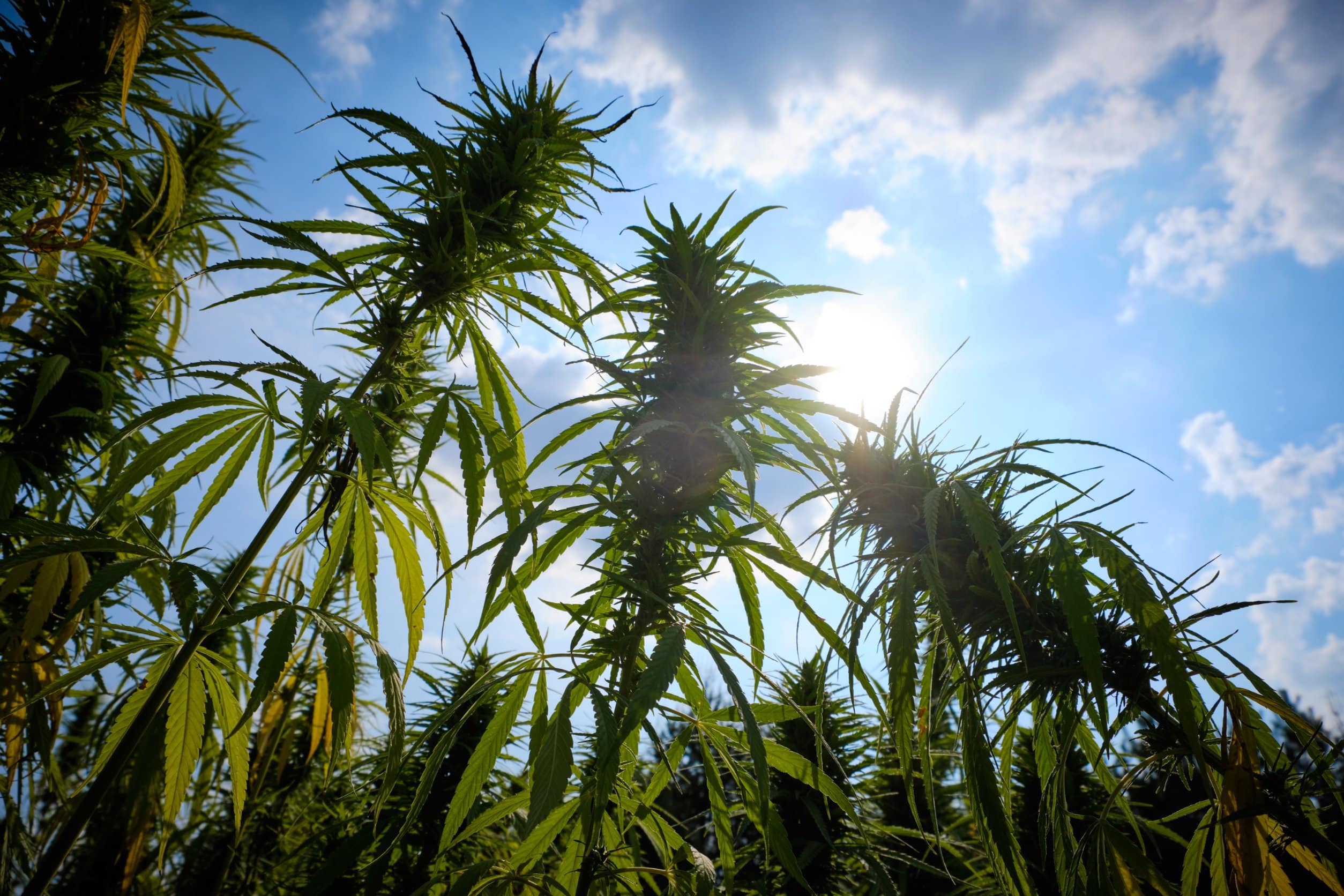No products in the cart.
Marijuana Education
Cannabis Not Flowering: Identifying Causes and Solutions for Non-Flowering Plants
Is your cannabis not flowering? Don’t panic and call yourself a lousy grower; it’s more common than you may think. There may be several reasons for this issue, from insufficient lighting to improper nutrient feeding or environmental stresses.
Cannabis cultivation entails many intricate factors to determine success. Stay calm if your plants aren’t blooming yet. Common problems are easy to fix, and many solutions are available to get your crop back on track.
Our in-depth guide explores reasons for a cannabis plant not flowering, how to identify it, and what to do to fix it. Learn about preventive measures and how to enjoy a smooth cultivation journey.
Ready to bloom? Let’s go.
Understanding cannabis flowering
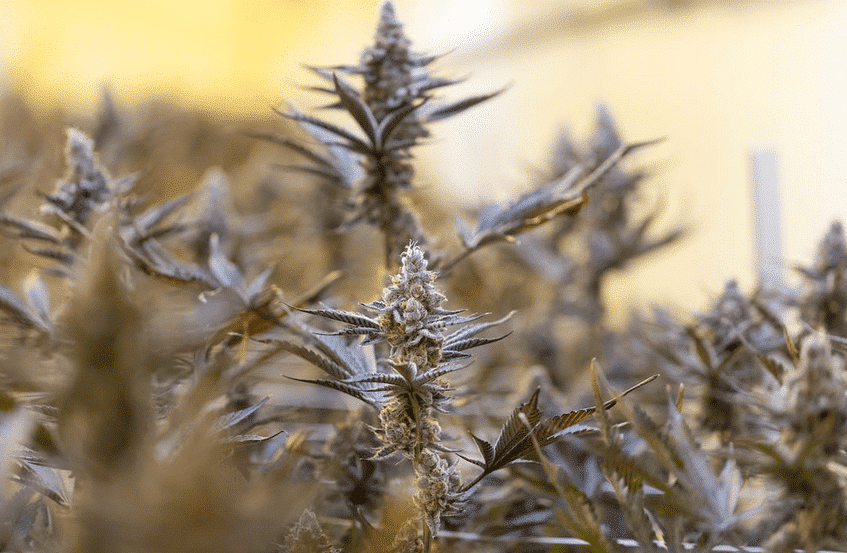
There are four primary stages in cannabis growth: germination, seedling, vegetation, and flowering. Each is equally important, but the magic happens in the blooming period.
Understanding what the stage entails is vital for troubleshooting or preventing a weed plant not flowering.
The flowering process in cannabis plants
Cannabis plants grow in many different ways, and each strain has unique characteristics. They all have one thing in common: the flowering stage. Whether cultivating autoflowering, feminized, or regular cannabis seeds, they all go through a blooming period.
In the flowering phase, the plant gradually slows down on growing strong roots, stalks, stems, branches, and leaves. It switches its energy to producing buds, the magical parts of cannabis we use for their beneficial effects.
Key factors influencing cannabis flowering
Several vital factors contribute to plant growth, and the absence of one of them can result in cannabis not flowering. These are the crucial influences on successful blooming periods:
- Light cycles
- Genetics
- Environmental conditions
- Watering
- Nutrients
- pH levels
These factors work together to ensure healthy cannabis crops.
Signs of healthy flowering in cannabis plants
The appearance of cannabis plants can tell you a lot about their health. During a successful flowering period, the bud size will increase continually. They start growing fatter and broader and exude more pungent scents.
Healthy flowering cannabis plants start producing more sparkling trichomes, and the pistils get darker. The branches may start drooping from the weight of the buds. Tie them back lightly or erect a stick to support them.
Common causes of cannabis not flowering
One of the primary causes of a cannabis plant not flowering is poor genetics. Choose good weed seeds that come from a strong, stable background. Low-quality strains may have more difficulty flowering and producing healthy buds.
Below are other common causes that could contribute to a cannabis plant’s inability to flower.
Insufficient or inconsistent light exposure
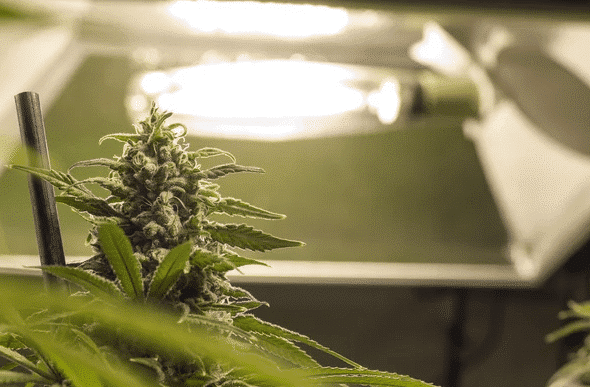
Cannabis plants follow natural climate conditions in the wild. They rely on the sun’s energy and changing seasons to flourish and switch to flowering properly. They may fail to bloom if there are interruptions in the lighting or prolonged periods of darkness.
Photoperiodism and flowering triggers
Photoperiod strains require changes in lighting to start blooming. They need around 18 hours of warm sunlight during vegetation. They switch to flowering when the days get shorter and they receive only 12 hours of light and darkness, respectively.
Light schedules for indoor grows
Gradually decrease the amount of light your plants receive if growing indoors. Doing so mimics the changing seasons and helps prevent the issue of a weed plant not flowering.
You don’t need to change the lighting if you’re growing autoflower cannabis seeds. These fast growers automatically start blooming around 6–9 weeks after germination.
Light leaks and interruptions
Light leaks can be a problem indoors or out. A grow room with even a tiny amount of extra illumination can affect your plant negatively during its dark period.
The same rule applies to outside crops. Ensure there isn’t additional light from street lamps, glowing signs, or torches.
Indoor growers should close any holes or cracks in the grow room. Automatic light timers help consistently keep your plants exposed to the correct lighting. Use a blackout tarp for your crop if you’re cultivating outside.
Inadequate nutrient availability
Nutrients are vital in preventing the problem of cannabis not flowering. Your plants need specific minerals in varying amounts during each growth stage.
Importance of macronutrients during flowering
Macronutrients are the building blocks of cannabis plants. A proper supply of N-P-K is necessary for optimal growth. These minerals are nitrogen, phosphorus, and potassium.
Nitrogen aids the plant in carbohydrate production, protein building, and proper cell division and growth. Phosphorus helps to form strong roots, produce seeds, and reach maturity properly.
Potassium promotes healthy terpenoids and cannabinoids, disease resistance, and proper flowering.
Nutrient deficiencies and imbalances
A lack of nutrients can cause cannabis plants to develop diseases, experience stunted growth, or die.
A nitrogen deficiency results in shorter plants with yellowing leaves and lower yields. A lack of phosphorus slows vertical and lateral growth and makes the plant more susceptible to pests and diseases.
The plant experiences diminished yields and burned leaves if it doesn’t receive enough potassium. Nutrient deficiencies can also result in a cannabis plant not flowering.
Adjusting nutrient solutions for flowering
Choose weed fertilizers with adequate nutrient levels for flowering. Ensure the products have sufficient micro and macronutrients for healthy blooming and potent buds.
Environmental stress factors
Cannabis plants need stable conditions with warm weather and high humidity levels. An inconsistent environment could delay or prevent flowering.
Temperature and humidity fluctuations
Drastic changes in temperature and humidity can harm your cannabis plants severely. They require consistently warm and humid conditions to vegetate and flower successfully.
Overwatering and underwatering
Providing consistent hydration during vegetation can ensure a successful transition to flowering. Only supply water when the soil is dry to prevent oversaturation, leading to further issues or delayed bud production.
Pest and disease pressure
Pests are nuisances for all growers and can contribute to the issue of cannabis not flowering. They eat your plants, contaminate the environment, and could kill your crop. Organic insecticides can help solve this issue.
Cannabis plant diseases are also common. Root, stem, or bud rot can affect the final harvest negatively.
Troubleshooting non-flowering cannabis plants
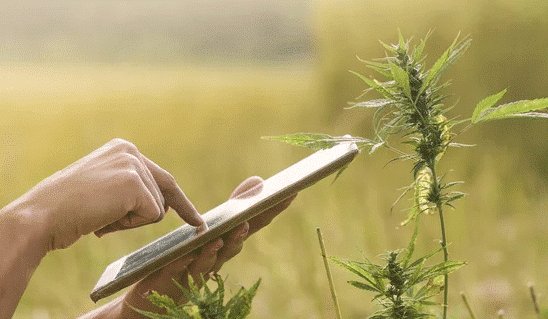
Now that you understand the potential contributors to a weed plant not flowering, how do you troubleshoot the issues? Let’s take a look.
Assessing light exposure and consistency
A lux meter can help you measure the power of light and units of illuminance in your grow room. It tells you whether your lamps are too far or too close to your crops and when you need to replace the globes. Ensure the lighting is consistent and covers the entire area.
Here’s how much lux your plants need at each stage:
- Seedling: 5,000–7,000
- Vegetation: 15,000–50,000
- Flowering: 45,000–65,000
Evaluating nutrient availability and balance
A TDS (Total Dissolved Solids) meter measures the PPM (parts per million) of nutrients in your growing medium. Use it to ensure you’re providing your plants with sufficient and balanced minerals, including micro and macronutrients.
Monitoring environmental conditions and stressors
Adverse environmental conditions and unnecessary stress can lead to cannabis not flowering. Hygrometers and thermometers can help you track the humidity and temperature in your grow room. Ensure you adjust these levels accordingly at each growth stage.
Encouraging flowering in reluctant cannabis plants
Forcing a weed plant to flower may be a last resort, but it works if your crop isn’t blooming. The process is simple, only requiring you to change specific factors.
Adjusting light cycles and conditions
Turning off your grow lights for 12 hours and keeping them illuminated for 12 hours should trigger flowering in most crops. Ensure you only do this after your plants have finished vegetating.
Try exposing your plants to 24 hours of darkness if they struggle to bloom. Ensure you drop humidity levels to 40–50% for successful flowering.
Fine-tuning nutrient solutions and feeding schedules
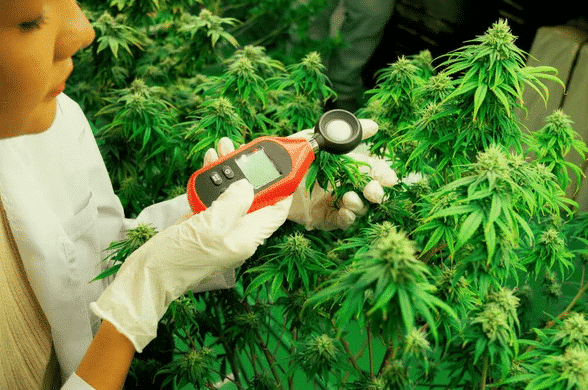
Adjust your feeding schedule if you encounter a cannabis plant not flowering. Optimizing nutrient levels or providing a bloom booster could encourage bud production in your crop.
Alleviating environmental stress and improving conditions
Check your grow room daily to catch any environmental stressors before they harm your crop. We recommend examining your plants several times a day. Doing so ensures you promptly address issues like excess light, temperature, or airflow fluctuations.
Preventing non-flowering issues in future grows
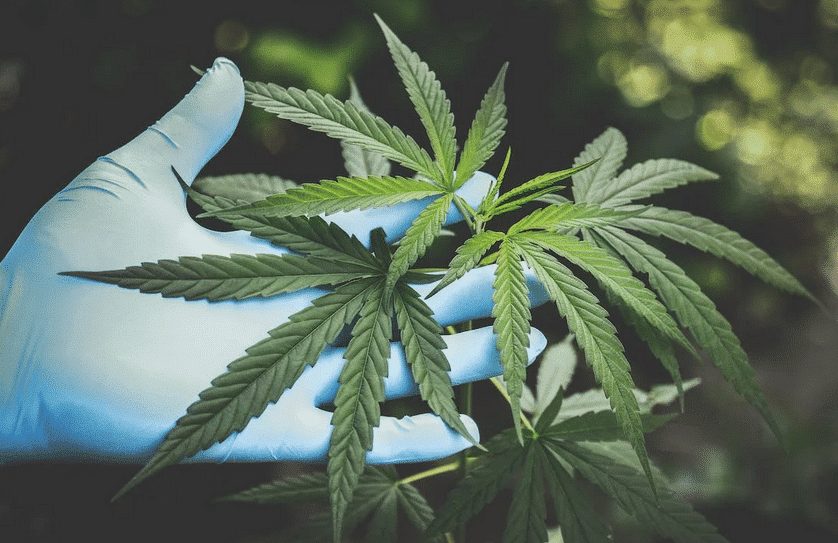
Prevention is better than cure. Below are some tips to ensure you don’t experience cannabis not flowering in your future grows.
Implementing consistent light schedules
Aim to increase the amount of darkness to 12 hours over 2–3 weeks at the end of vegetation. Doing so mimics outdoor climate changes and encourages crops to flower.
Autoflowers still require consistent energy from the sun or grow lamps, but you can leave them to switch to flowering by themselves. Many growers maintain an 18/6 light cycle throughout the plant’s life for optimal results.
Purchase the correct cannabis growing supplies to ensure you’re ready for cultivation. An automatic lighting system can also help you maintain consistent and proper illumination cycles.
Maintaining proper nutrient solutions and feeding regimes
Pay attention to your plants at each growth stage. They’re good at giving specific indicators if they need more or fewer nutrients. Follow a strict feeding schedule and ensure you provide the essential minerals to avoid experiencing a weed plant not flowering.
Ensuring optimal environmental conditions
The environment your cannabis plants grow in can make or break them. They require consistently optimal conditions to thrive and produce stellar results.
Provide the ideal temperature and humidity for each growth stage. Use fans to cool the room down or a bucket of water to help increase the relative humidity.
When to consider alternative solutions
You may still face issues even after attempting to troubleshoot issues or force your plants to flower. Below are some alternative factors to consider.
Identifying genetic factors and plant sex
Cannabis genetics play a significant role in how plants grow. Indicas typically have brief flowering periods compared to sativas. They’re also smaller, making it easy to use training techniques to boost your crop’s chances of success.
Feminized crops usually have greater success in producing consumable buds than regular strains.
Considering strain-specific requirements
Strain type may influence a cannabis plant not flowering. Some take longer to reach the blooming period, while others require changing the lighting to transition from vegetation.
Some may also need more specific conditions or additional factors. Read up on the cultivar you purchased to learn more about its growing requirements. Some aren’t suitable for pruning or training, but others could benefit from techniques like the Screen of Green.
Weighing the benefits of re-vegging vs. starting fresh
Re-vegging means reverting your crop to a vegetative state. It could help if you encounter a weed plant not flowering after vegetation. This method isn’t possible for autoflowers and comes with the risk of reduced yields with smaller buds.
You may want to start fresh if your plants aren’t blooming after trying various fixes. A new crop allows you to implement all the correct environmental conditions and maintain consistent factors.
Enjoy successful flowering periods with cannabis seeds from The Seed Fair
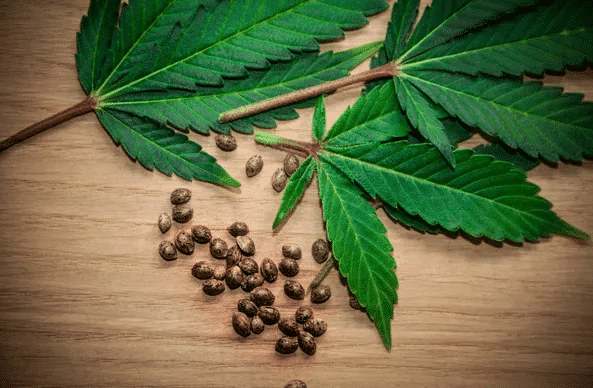
The first step in preventing the issue of cannabis not flowering is to purchase high-quality seeds. Select ones with excellent genetic qualities that have proven to bloom successfully.
The rest is up to you: providing an optimal growing environment ensures happy plants that flower with abundant yields. The Seed Fair stocks a massive selection of premium seeds, from feminized to autoflower and indoor or outdoor strains.
Visit our blog for more tips and valuable resources to help you enjoy successful harvests.


